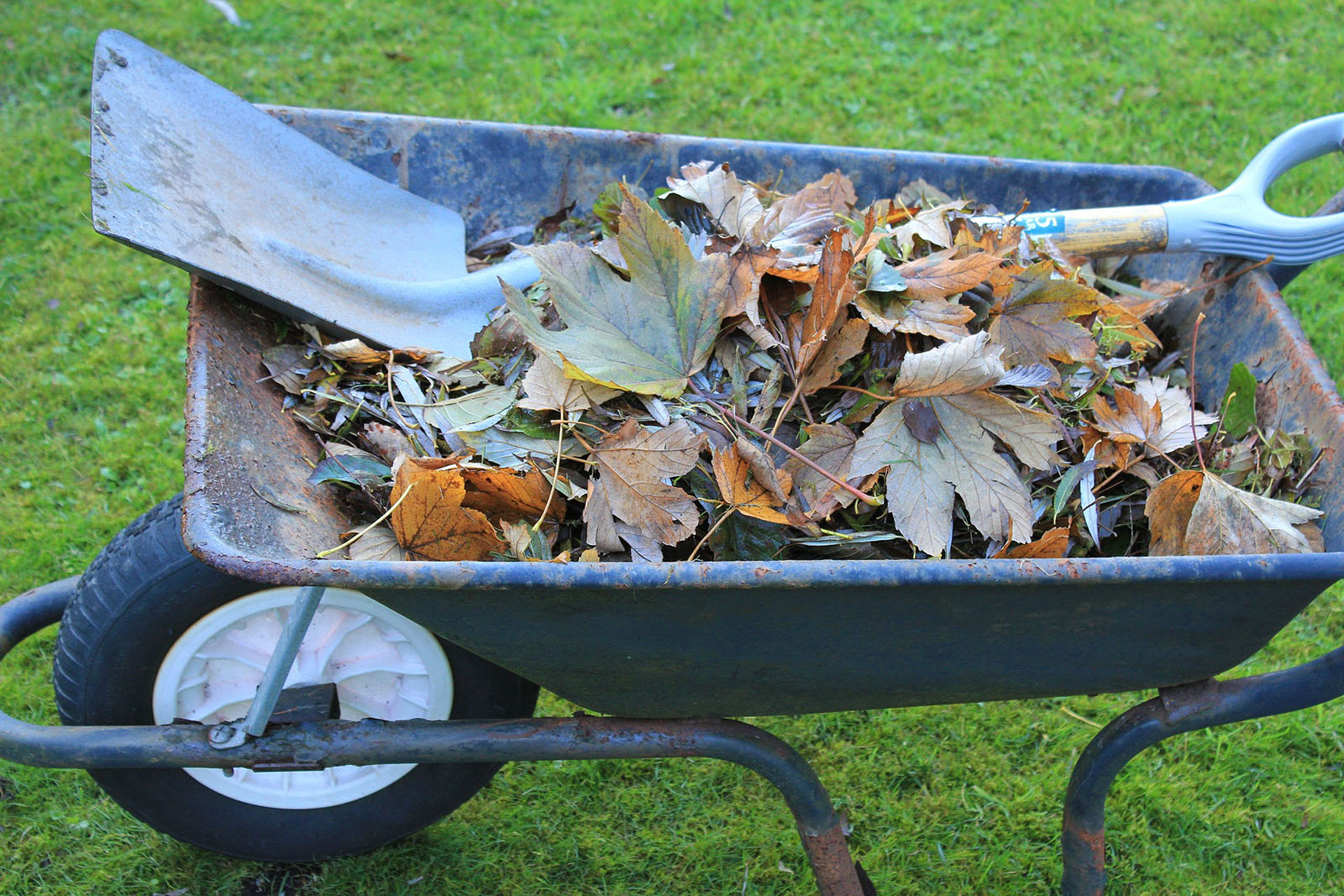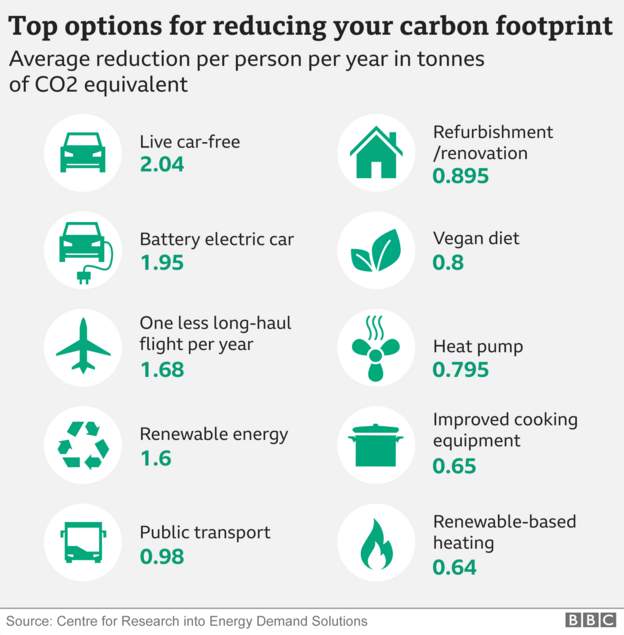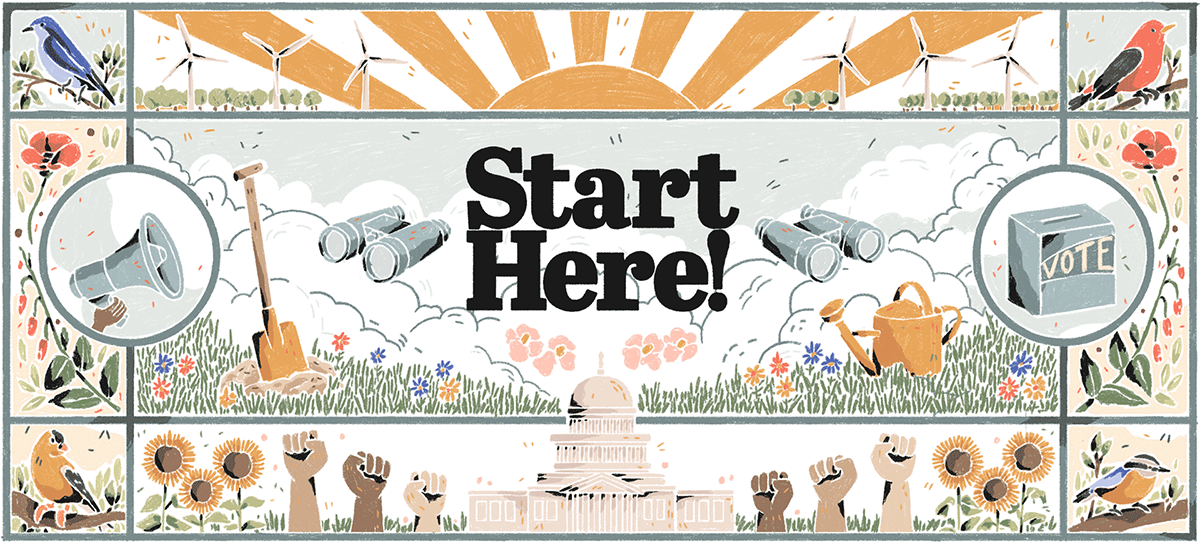
By Susan Ingersoll
The climate crisis can feel daunting to most of us! It will take a global effort to solve this crisis. However, there’s still a lot that individuals can do. Together, we can make a big difference.
1. Be Mindful of Your Carbon Footprint
Local transportation
Before you get in the car, consider:
- Is there a way to do this errand or trip with a lighter carbon footprint?
- Can I walk, bike, or carpool with a friend?
- Can I combine multiple errands into one trip?
Air travel for work
If the coronavirus pandemic has taught us anything, it’s that we can get a lot more done online than we realized.
Although working online does have a carbon footprint, it’s still better than flying long distances for a meeting. Save the business trips for when there’s no other option for getting the work done.
Air travel for pleasure
Ask yourself, where can I vacation locally and still have an amazing trip? You don’t have to go to the far-flung reaches of the globe to have worthwhile and fulfilling experiences.
If you absolutely must travel
Purchase carbon offsets. Offsets balance your climate impact with investments in green energy, forest conservation, and other emissions-reducing projects. And they’re relatively inexpensive—around $10 for a cross-country trip and back. Look for programs certified through Cool Effect, Gold Standard, or other official verifiers.
Eat a low carbon diet

Production of meat (especially beef and shrimp) requires a lot more carbon than vegetables. Processed food has a larger carbon footprint than home-cooked meals.
Keep in mind that home meal delivery services, while convenient, require a lot of energy to deliver to your door. Opt for plenty of healthy veggies, and smaller portions of meat and pre-made or processed food.
Buy your food from local farmers and producers. Search online for a wealth of resources!
2. Go Further with Climate Action (You Can Do It!)
Try composting or vermiculture

As food waste decomposes in a landfill, it gives off methane that, according to the Environmental Protection Agency (EPA), is “25 times more potent than carbon dioxide at trapping heat in the atmosphere.” If your city has municipal composting, become familiar with its guidelines and compost as much as you can.
Go electric
When you can, convert appliances, equipment, and vehicles to electric-powered rather than gas-powered. Many utility companies now offer clean power options for homes and businesses—call your power company to learn your options and switch.
Advocate
Encourage your community to offer cleaner power options and take other climate actions. The more political leaders and corporations understand how many people care about climate change, the more they can justify putting resources toward the effort to curb it.

Advocating for cleaner power options and other climate actions can have a big impact. Photo by Caleb Castle.
3. Find and Give Support
The Audubon Society has a fantastic Climate Action Guide that includes many more great ideas on how you can help.
Join with like-minded people
Find a local climate action group, or check out 350.org.
Donate
Organizations like Save Mount Diablo play an important role in curbing climate change—by defending, protecting, restoring, and stewarding natural lands, we provide habitat for native plants and wildlife, sequester more carbon, and reduce fire risk.
Top photo by Scott Hein



